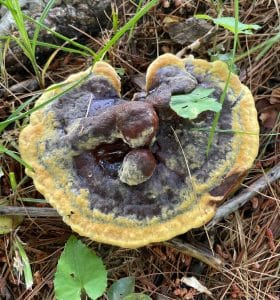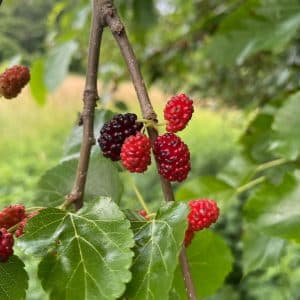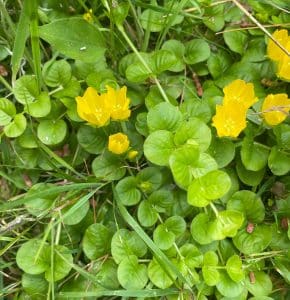Page Created by Connecticut Foraging Club
Upcoming Events | Meet the Instructors | Plant Archive | Mushroom Archive
----------------
Upcoming Events | Meet the Instructors | Plant Archive | Mushroom Archive
----------------
White mulberry (Morus alba) is a non-native tree that was brought to the U. S. in the 1900’s to feed silkworms for the silk industry.
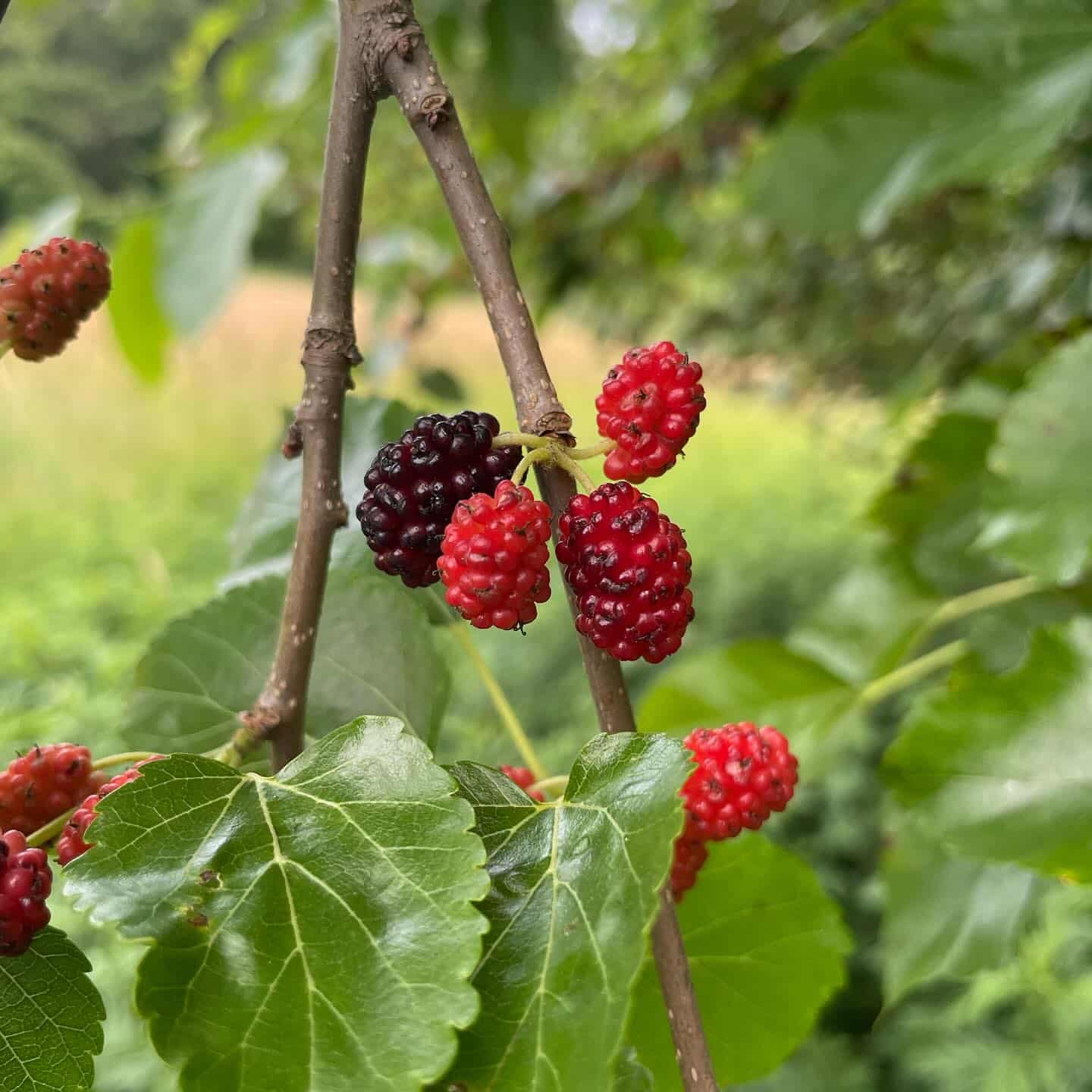
White mulberries can be found in sun or partial sun in woodland edges, fields, and fence rows.
Leaves can be oval-shaped or lobed. They have a glossy top and light green underside. Bark of mature trees has yellow fissures with gray ridges. Despite the name, ripe fruit is most often purplish black. There is a less common cultivar whose fruit are whitish when ripe.

We also have a native mulberry tree in CT called the Red mulberry (Morus rubra). Red mulberries are more often found in hardwood forests as they can tolerate more shade. Red mulberry leaves are usually unlobed. The upper leaf surface is dull dark green. Fruits are larger and always dark purple when ripe.
White mulberry commonly cross-pollinates and hybridizes with the native Red mulberry, producing trees with intermediate characteristics. All mulberry trees produce edible fruit.
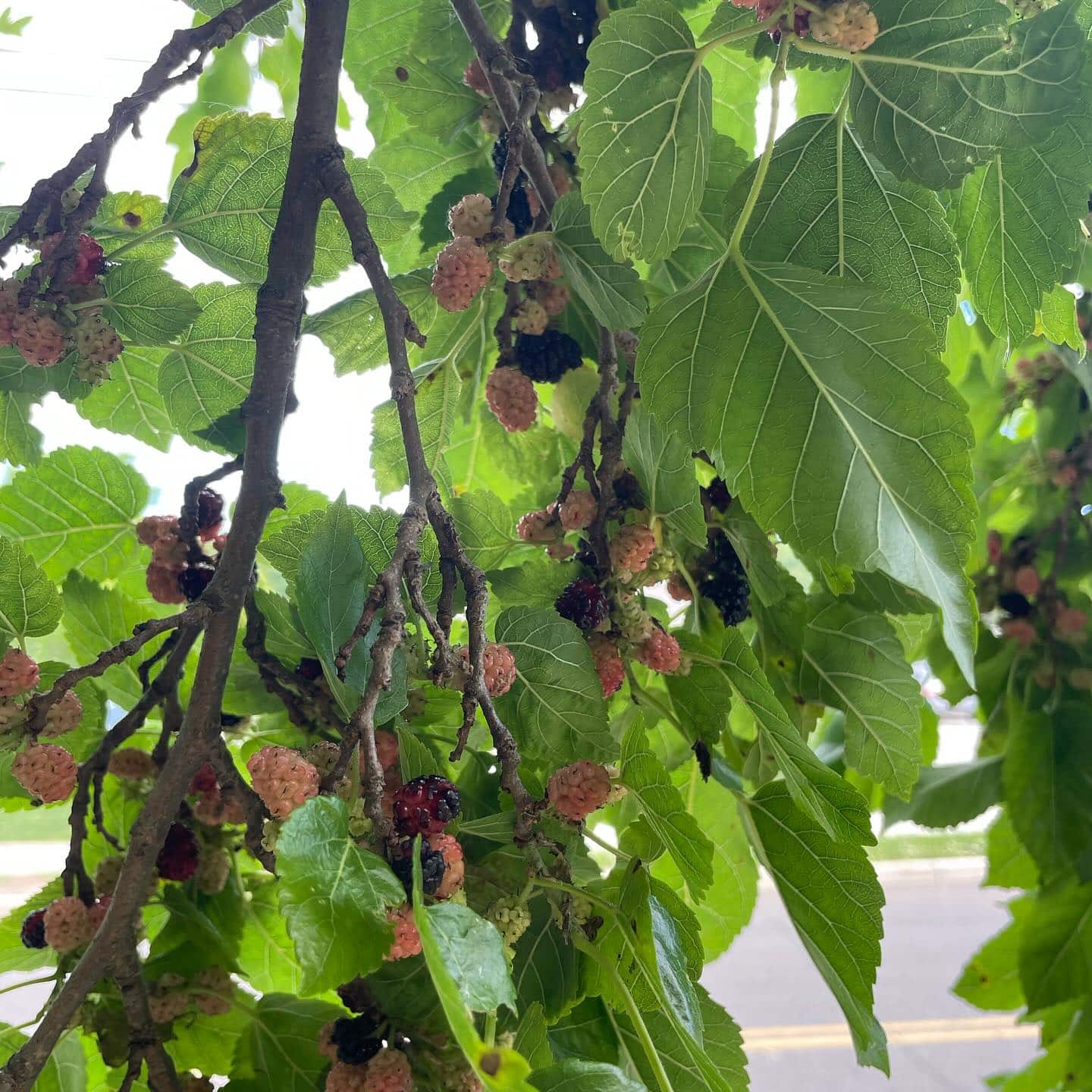
Mulberries have a unique taste with notes of raisin, fig, and molasses. Berries can be used in pies or jam. They can be dried or frozen for preservation. Berries have been shown to be beneficial for heart, eye, and cognitive health.
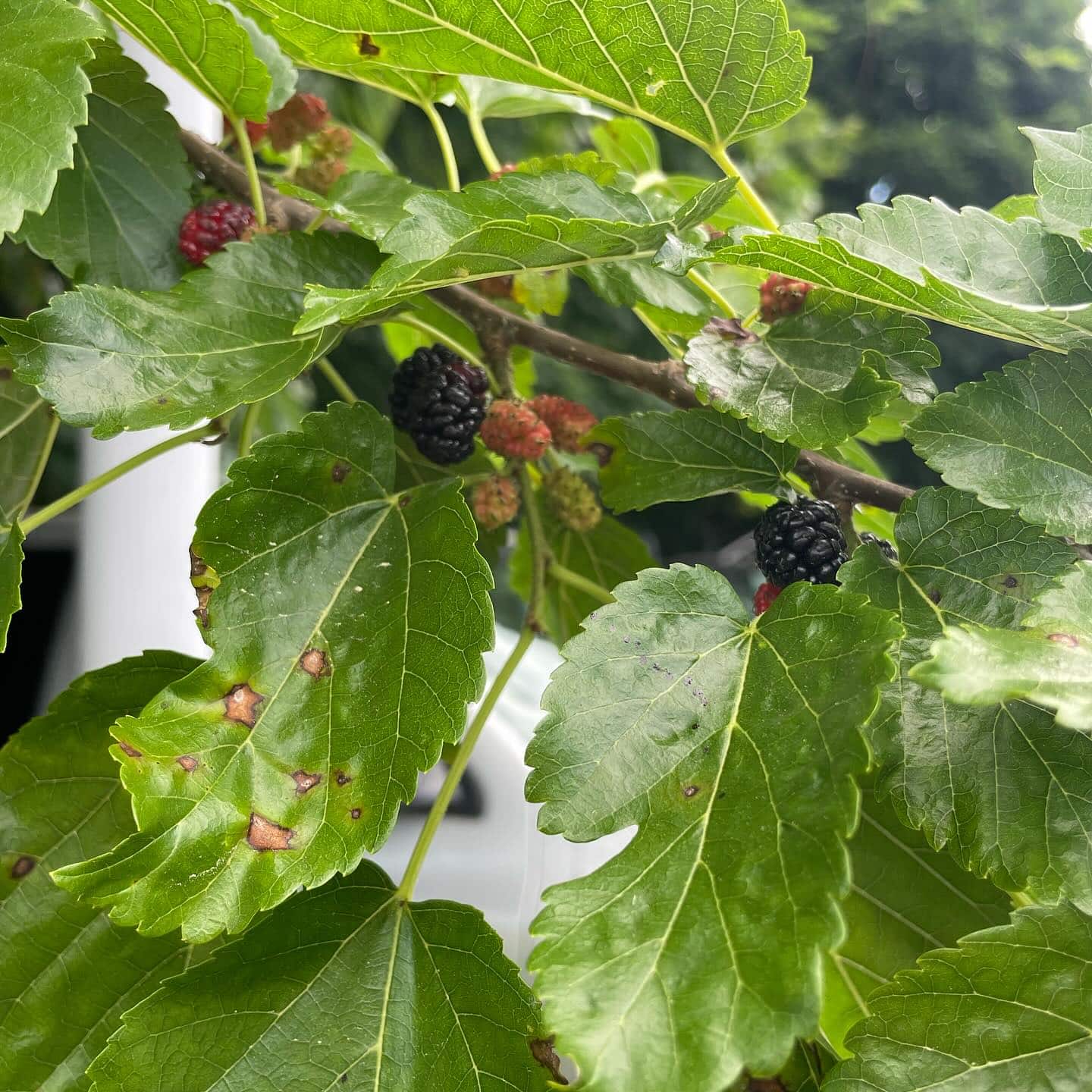
Mulberry trees also produce edible leaves. Leaves can be enjoyed raw, added to soup, or turned into tea. Leaves have been used medicinally to support the liver, lower blood pressure, and control blood sugar.
--
Written by Amy Demers, founder of the Connecticut Foraging Club. To learn more about foraging in Connecticut, check out our upcoming classes.

